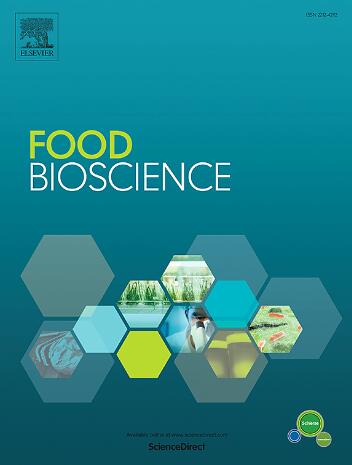Unlocking the secrets of stinky fermented foods: A comprehensive overview of processes, flavor characteristics, fermentation microbiomes, and metabolic pathways
IF 4.8
1区 农林科学
Q1 FOOD SCIENCE & TECHNOLOGY
引用次数: 0
Abstract
Stinky fermented foods, a unique category within traditional fermented foods, have garnered considerable research attention for their distinct flavor profiles. However, a comprehensive review of stinky fermented foods is currently lacking. It is crucial to explore the variety of stinky fermented foods, understand the characteristics and formation mechanisms of stinky-producing compounds, and anticipate future advancements in the food industry. Drawing on thorough literature reviews, this review investigates the connections among the processes, flavor characteristics, fermentation microbiomes, and metabolic pathways found in stinky fermented foods. Notably, the review delves into the key stinky compounds and their production pathways in various fermented foods, with a specific emphasis on the microorganisms responsible for stinky generation. A wide variety of stinky fermented foods exist, categorized into fermented aquatic products, dairy products, soybean products, and vegetables based on raw materials. Common stinky compounds in stinky fermented foods include butyric acid, indole, trimethylamine, sulfide, and p-cresol. Diverse microorganisms predominantly drive the fermentation process of stinky fermented foods through their metabolic activities, including fatty acid oxidation, amino acid metabolism, and sulfur metabolism. Furthermore, future perspectives on stinky fermented foods were proposed to provide valuable suggestions for researchers and industry professionals interested in the production of these foods.
求助全文
约1分钟内获得全文
求助全文
来源期刊

Food Bioscience
Biochemistry, Genetics and Molecular Biology-Biochemistry
CiteScore
6.40
自引率
5.80%
发文量
671
审稿时长
27 days
期刊介绍:
Food Bioscience is a peer-reviewed journal that aims to provide a forum for recent developments in the field of bio-related food research. The journal focuses on both fundamental and applied research worldwide, with special attention to ethnic and cultural aspects of food bioresearch.
 求助内容:
求助内容: 应助结果提醒方式:
应助结果提醒方式:


